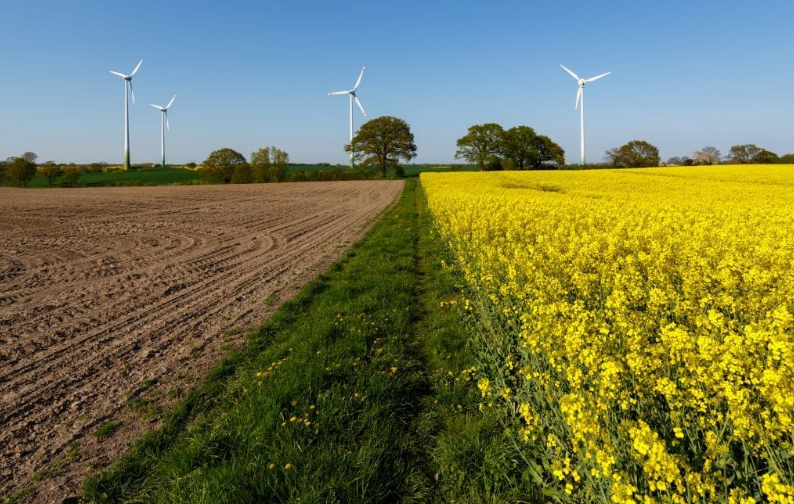
Crop rotation
Crop rotation is an agricultural technique that involves alternating different crops on the same land to improve soil health, reduce pests, and preserve fertility. This practice also optimizes water use, improves soil structure, and contributes to more sustainable agriculture that is resilient to climate change.
Crop rotation is an agricultural practice that involves alternating different types of crops on the same land over time, rather than always planting the same crop. Its main objective is to improve soil health, reduce pests and diseases, and maintain soil fertility. By varying crops, nutrient depletion is avoided and the pest cycle is interrupted, which reduces the use of agrochemicals.
In addition, this practice promotes sustainable water management, as different crops have different water requirements and roots that help improve soil structure, increasing its capacity to retain and filter water. This reduces runoff and erosion and promotes efficient use of water resources, thus contributing to agriculture that is more resilient to climate change.
Water efficiency
Main theme:
North
Region:
800 - 1200
Precipitation (mm):
Medium
Application difficulty:
2, 6, 12, 13 and 15
SDGs impacted:
Gravity
Energy used:
70 - 90
Efficiency (%):
Rural
Sector:
Reduces chemical use, improves soil health, optimizes water use, reduces erosion and runoff
Expected environmental impact:
$100 – $250 /ha/year
Estimated value: